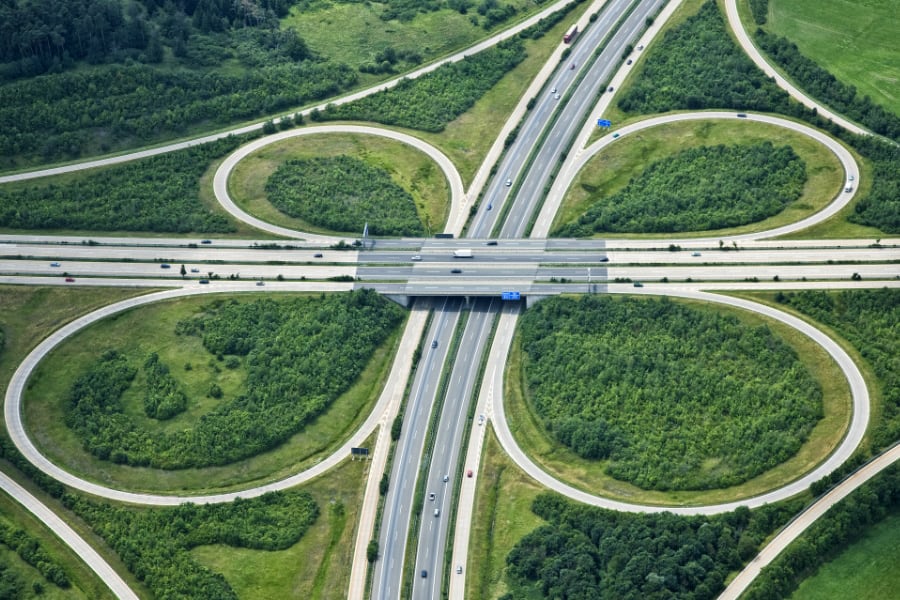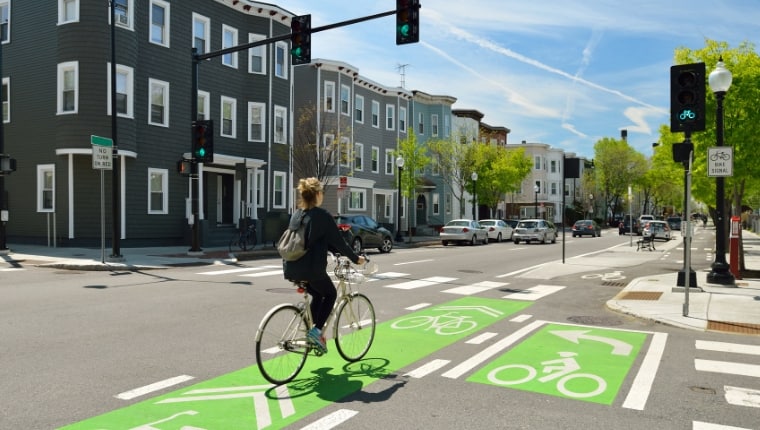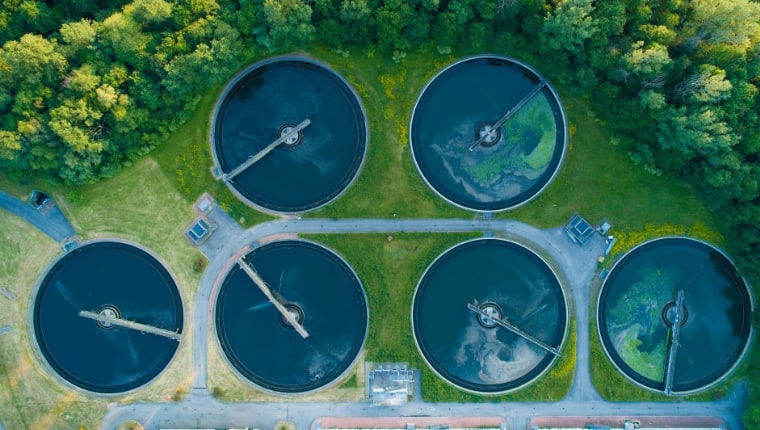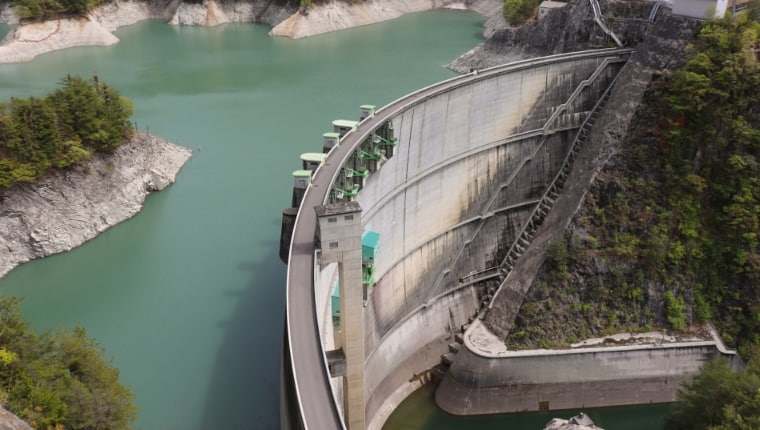Empowering Sustainable Development Goals
Low-emission, climate-resilient pathways require no less than an unprecedented transformation of our infrastructure.

What is Sustainability?
When companies talk about environmental, social, and governance, the ‘E’ focuses on measuring a company’s environmental footprint. In contrast, the United Nations’ Sustainable Development Goals – SDGs – focus on sustainable outcomes, providing a framework and inspiration for business policies and purpose. Our purpose is to empower SDGs through infrastructure digital twin solutions, helping our users – infrastructure professionals – realize outcomes that are more sustainable, predictable, and resilient. And that is why we combined the two acronyms ESG and SDG to form ES(D)G – empowering sustainable development goals – to reflect our purpose and to bring attention to the environmental handprint of our software and services.
Vision and Future Direction
We recognize that the growing threat of climate change requires rapid, unprecedented transformation. Creating future-proofed infrastructure will play a key role in protecting the environment.
At Bentley, our vision is influenced by the unprecedented transformation that will need to happen in the upcoming years to achieve sustainable development goals and future-proof the world’s infrastructure. Infrastructure digital twin solutions will be an essential enabler and accelerator in this journey. Infrastructure digital twin solutions and sustainable development go hand in hand. We will continue to shape our sustainability solutions and enhance our environmental handprint to help address these critical challenges:
- Energy Transition and Efficiency
-
Energy Transition and Efficiency
While emerging technologies need acceleration, investment, and consolidation to help in the long-term, the most effective way to future-proof infrastructure right now is through quick wins with existing, low-cost, and mature technologies. For example, optimizing design to reduce materials used during construction will reduce the resulting carbon footprint. Additionally, digital twins are widely used for clean energy transition.
- Healthy Cities
-
Healthy Cities
Since 70% of greenhouse gas emissions come from cities, they are simultaneously the biggest driver and the biggest victim of climate change. We need to keep finding solutions and technologies to reverse this trend and empower thriving cities to balance quality of life, health, decarbonization, and climate resilience.
- Circularity for Land and Water Resources
-
Circularity for Land and Water Resources
Adopting circular principles for resource management benefits everyone on our planet. They reduce waste and pollution, circulate products and materials at their highest value, and regenerate nature. Adopting a circular strategy for land and water resources is crucial. Responsible mining and efficient water cycle management are two examples of increasing infrastructure circularity.
- Climate Action
-
Climate Action
The impact is clear – at least 85% of the global population has already been affected by climate change and extreme weather events. Infrastructure construction and operations are the biggest contributor to our changing climate, as they generate 70% of all greenhouse gas emissions. Though full decarbonization will be an extraordinary task that could take many years, we need to adapt and increase our resiliency to the climate change affects that are already happening.

Energy Transition and Efficiency
While emerging technologies need acceleration, investment, and consolidation to help in the long-term, the most effective way to future-proof infrastructure right now is through quick wins with existing, low-cost, and mature technologies. For example, optimizing design to reduce materials used during construction will reduce the resulting carbon footprint. Additionally, digital twins are widely used for clean energy transition.

Healthy Cities
Since 70% of greenhouse gas emissions come from cities, they are simultaneously the biggest driver and the biggest victim of climate change. We need to keep finding solutions and technologies to reverse this trend and empower thriving cities to balance quality of life, health, decarbonization, and climate resilience.

Circularity for Land and Water Resources
Adopting circular principles for resource management benefits everyone on our planet. They reduce waste and pollution, circulate products and materials at their highest value, and regenerate nature. Adopting a circular strategy for land and water resources is crucial. Responsible mining and efficient water cycle management are two examples of increasing infrastructure circularity.

Climate Action
The impact is clear – at least 85% of the global population has already been affected by climate change and extreme weather events. Infrastructure construction and operations are the biggest contributor to our changing climate, as they generate 70% of all greenhouse gas emissions. Though full decarbonization will be an extraordinary task that could take many years, we need to adapt and increase our resiliency to the climate change affects that are already happening.
Sustainability Initiatives
Our innovative, collaborative infrastructure solutions give our users the power and flexibility to form partnerships with experts and jointly create sustainable infrastructure that helps solve pressing challenges and improve community health. But we don’t just leave pursuing Sustainability goals to the organizations that use our applications – we’re also taking direct action. Here are some examples of our initiatives.
